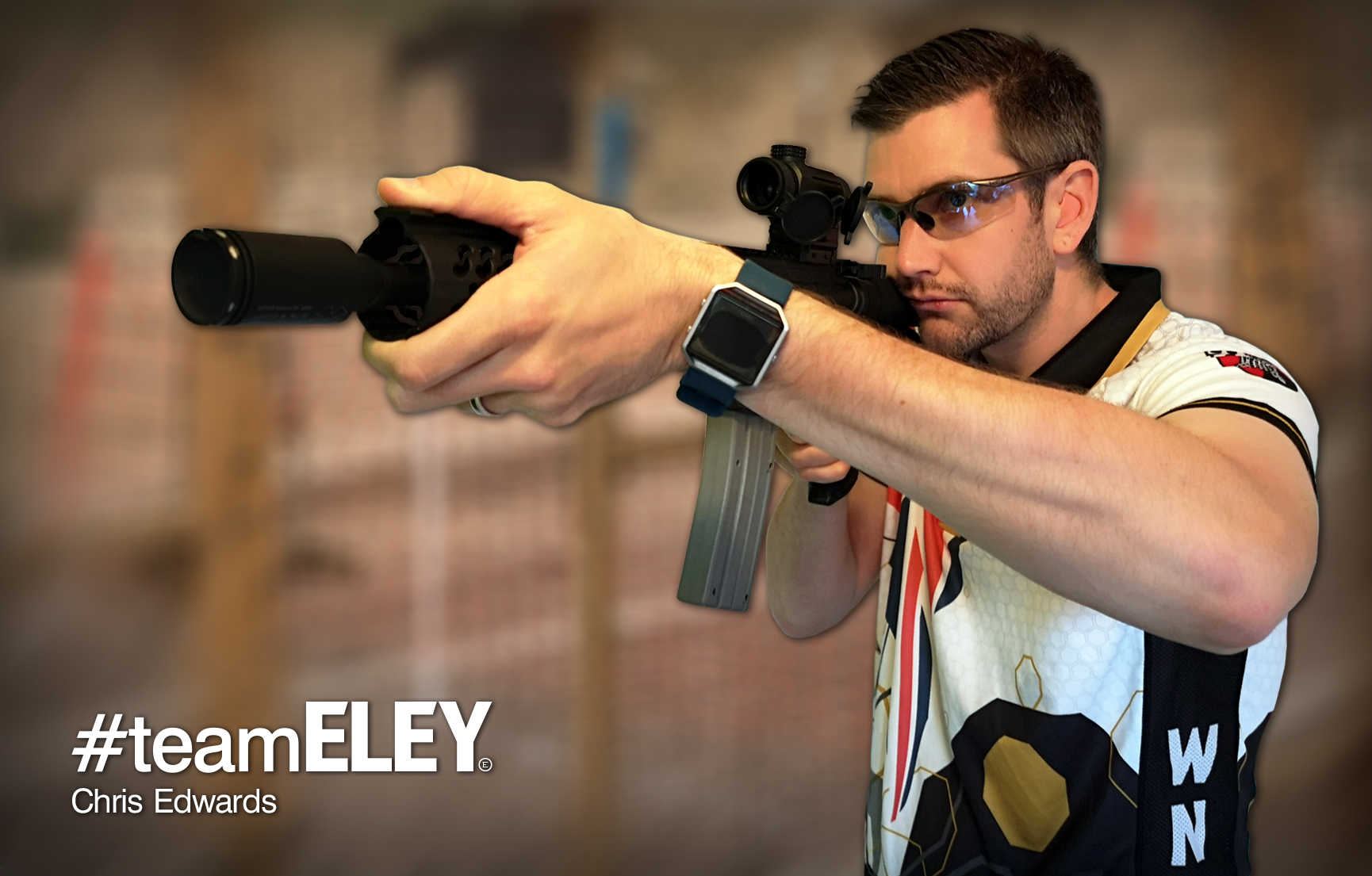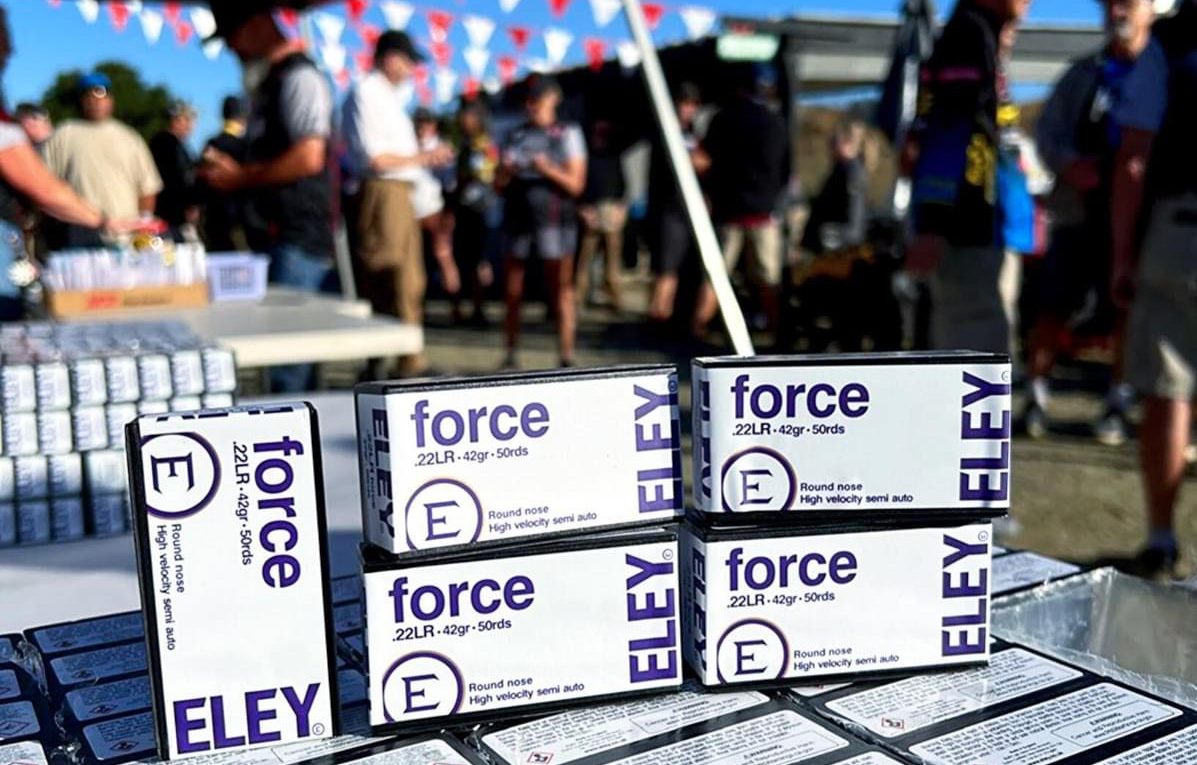Practical shooting is a diverse shooting sport that tests not only your marksmanship but also speed and agility. Winner of ELEY’s Speed Steel challenge, Chris Edwards chatted to us to explain how he got into practical shooting. Additionally, he also spoke about how you can find out if it’s the right sport for you.
“My first experience shooting was aged 10 with the Sea Scouts, shooting air pistol / rifle at our local troop hut. It gained me the prestigious marksmanship badge and I enjoyed it enough to convince my Dad to take me along to the local shooting club to have a go with “real” guns.
The following three month probation flew by. We got the chance to shoot a variety of rifles and muzzle loading pistols. I was introduced to monthly competitions held at the club after I became a full member and applied for my FAC. Within a few months I’d bought my new rifle and associated kit, and had a go at my first competition. That was an eye opening experience.
Practical/ dynamic/ action shooting is a sport which rewards a combination of speed, accuracy and power. Power being the least relevant in the UK due to the nature of the kit and ammunition we use. The balance of the three skills is what drew me to the sport. This is because it’s not necessarily the most accurate shooter, or fastest / fittest who will win. It’s about juggling it all.
Fast forward a few years, and I am a range officer and stats officer for the clubs biggest two gun comps. “The circuit” was starting to grow at this point and I started meeting more people who competed nationally. As a result, I decided to give it a go, and went to compete at a “national” competition. Here I found myself finishing 13th of some 100+ competitors. The following year I entered the same match and made it to 5th. This was when I decided I might actually be quite good at this if I put some effort in.
In the UK, different leagues have different entry requirements. For UKPSA Level 2 IPSC and above matches, you have to be a member of the UKPSA with an appropriate competition licence. I enrolled myself on the safety course to cover me to shoot mini rifle (at that time my preferred discipline) and long barrelled pistol. This was enlightening and invaluable; as it turns out I wasn’t even holding a pistol correctly.
Course complete, I entered myself into my first level 2 match (run by my team mate and team Captain Ian Chamberlain!) What a realisation that was. I had gone from a big fish in the small pond to small fish in a far bigger, better pond. That was it; it was the national circuit for me.
Fast forward to 2018, and I was fortunate enough to finish the year on top of open division LBP. A very proud moment. However, the competition is on for 2019. With my teammate Justin and I having one win apiece so far (with another match in a weeks’ time) it’s early days.
Getting involved
For anyone looking to get into practical shooting, with the UKPSA and NRA leagues you can fill pretty much every weekend of the year up with matches. The way they are organised is the key difference. With UKPSA, courses of fire have to be IPSC compliant and approved by the council. This means that they will be consistent with the rulebook, so more limited as to what challenges can be presented. The NRA or standalone “open” matches are less confined, so you’ll find more “freedom” from the course of fire designers.
My advice would be research what you want to do thoroughly and more importantly what kit you want to use. It can get expensive if you get the wrong one that doesn’t suit you. I use a different pistol to most, and a different rifle, but they suit me so I’ll stick with them.
Now, back to designing the Courses of fire for my level 2 match, and practicing my new love – steel challenge!”





